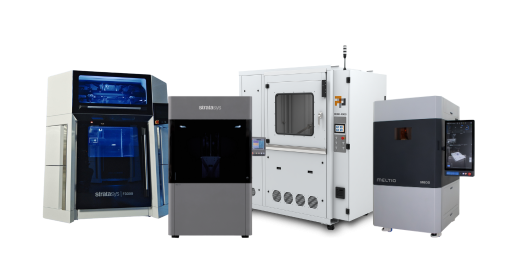3D printers
High quality 3D printers

High-quality 3D printing solutions for demanding projects
Order Parts now!

The perfect symbiosis of quality and quantity!

Complex geometries with ideal properties!

High-resolution components with a wide variety of materials!

High-performance components with sustainable production!

A wide range of materials and ultra-fast production!

Ideal for a wide range of dental indications!

The process from simple component to product!

Fully automate your production!

Fast processing and successful management!















Sorry, there are no results for this combination of filters. Choose another combination of filters.
To ensure that all requests are handled promptly and completely, we ask that you submit all support requests through our support portal.
To the service portalDo you need assistance with your project, do you need advice or a sample part that we can send you?
Send EmailThe Digital Anatomy Creator (DAC) software is a powerful tool that provides advanced users with extensive capabilities for creating and customising 3D printed anatomical models using the Stratasys® J850™ Digital Anatomy™ 3D Printer.
The key features and capabilities of the Digital Anatomy Creator software include:
a. Detailed Model Customization: The software allows users to have precise, slice-by-slice control over the materials and internal structures of 3D printed anatomical models. This enables the creation of highly customised models that accurately mimic the mechanical properties, textures, and visual characteristics of real human anatomy.
b. Preset Management: The DAC software comes pre-programmed with over 100 validated anatomical presets developed in partnership with medical experts. Users can easily select and customise these presets to create patient-specific models or replicate various pathological conditions.
c. Material Selection and Blending: The software provides access to the specialised materials available on the Digital Anatomy™ 3D Printer, such as GelMatrix, TissueMatrix, and BoneMatrix. Users can blend these materials to achieve the desired mechanical properties and visual appearance for each layer of the model.
d. Sharing and Collaboration: The DAC software allows users to save their custom presets and share them with other practitioners, enabling collaboration and the replication of specific anatomical models across different locations.
e. Seamless Integration: The DAC software is designed as an extension to the GrabCAD Digital Anatomy™ 3D printing software, providing advanced users with additional tools and functionality to enhance their digital workflow.
Overall, the Digital Anatomy Creator software empowers users to explore, customise, and mimic patient anatomy in unprecedented detail, enabling the creation of highly realistic and clinically relevant 3D printed models for medical training, device testing, and research applications.
Cookie settings
We use cookies to provide you with the best possible experience. They also allow us to analyze user behavior in order to constantly improve the website for you. Privacy Policy